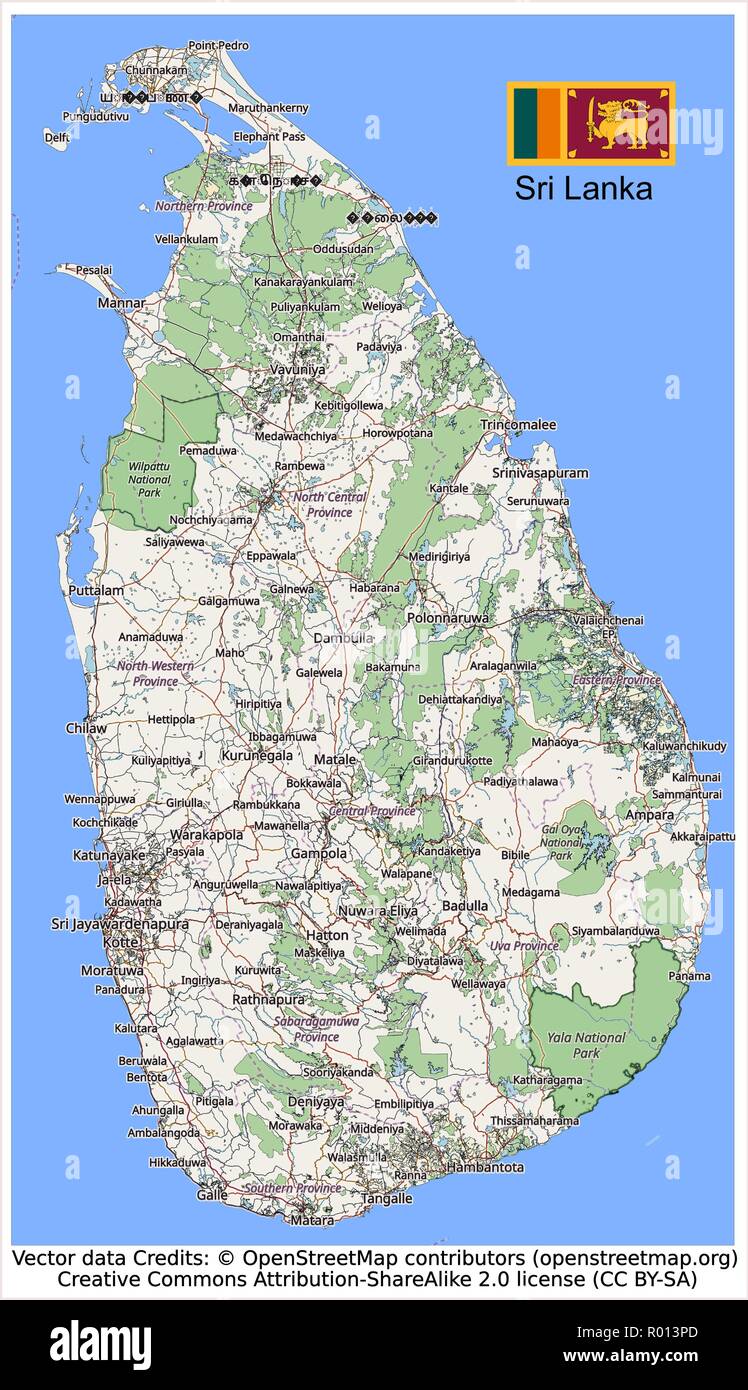
Having grown from a ragtag band of angry young men into an impressive guerrilla group, then to a full-fledged army, the self-proclaimed flag-bearer of Tamil nationalism found itself caught in the same position as the Confederacy in the 1861-65 American Civil War: outmobilized and outfought. LTTE’s end, when it came, was as spectacular as its three decades of existence. Total casualty figures for the Eelam insurgencies are subject to considerable disagreement but cannot be less than 120,000 dead. This was JVP II, the second upsurge of the original Maoist Janatha Vimukthi Peramuna (JVP, or People’s Liberation Front) uprising, which had erupted and was crushed in 1971 (JVP I). Further complicating the picture, the IPKF years saw Sri Lanka fully committed to suppressing another insurgency on a wholly different front. In fact, each of the Eelam conflicts involved periods of negotiation and cessation of hostilities, though all were problematic in implementation and intent (certainly on the part of LTTE). This was accompanied by an uneasy cease-fire. And the gap between Eelam III and IV saw the effective rule of the Tamil Eelam state in areas of the north and east.

The gap between Eelam I and II saw the interlude of the Indian Peace Keeping Force (IPKF), which clashed bitterly with LTTE. These dates are open to discussion given realities on the ground. The Tamil Eelam case actually encompasses four distinct conflicts, generally referred to as Eelam I (1983-87), Eelam II (1990-95), Eelam III (1995-2002), and Eelam IV (2006-9).

The result, in May 2009, was complete military defeat of the insurgency. But this victory of sorts produced a host of unforeseen consequences leading to the July 2006 resumption of hostilities. LTTE grew in capacity until it was capable of forcing the government to agree to a February 2002 cease-fire and the de facto existence of a Tamil state, or Tamil Eelam. The Liberation Tigers of Tamil Eelam (LTTE) was an insurgency that privileged terrorism as a method of action yet ultimately fielded land, air, and sea regular forces, rounded out by powerful special-operations and information capabilities. Until recently, Sri Lanka was the homeland of an illicit power structure unlike any other.


 0 kommentar(er)
0 kommentar(er)
